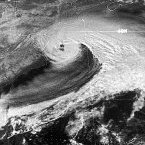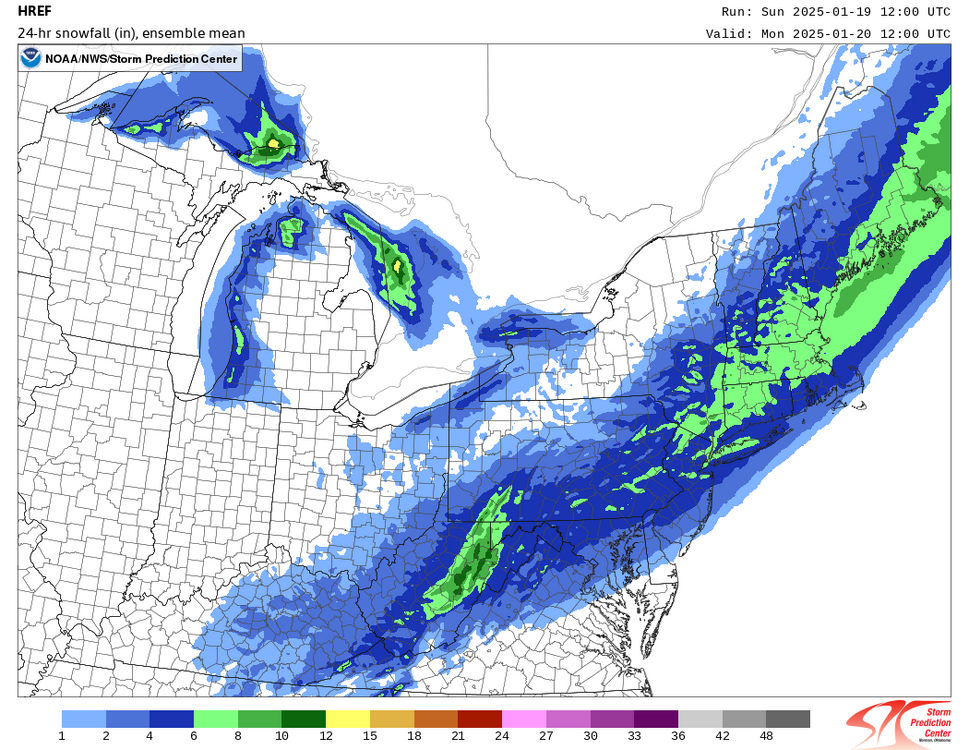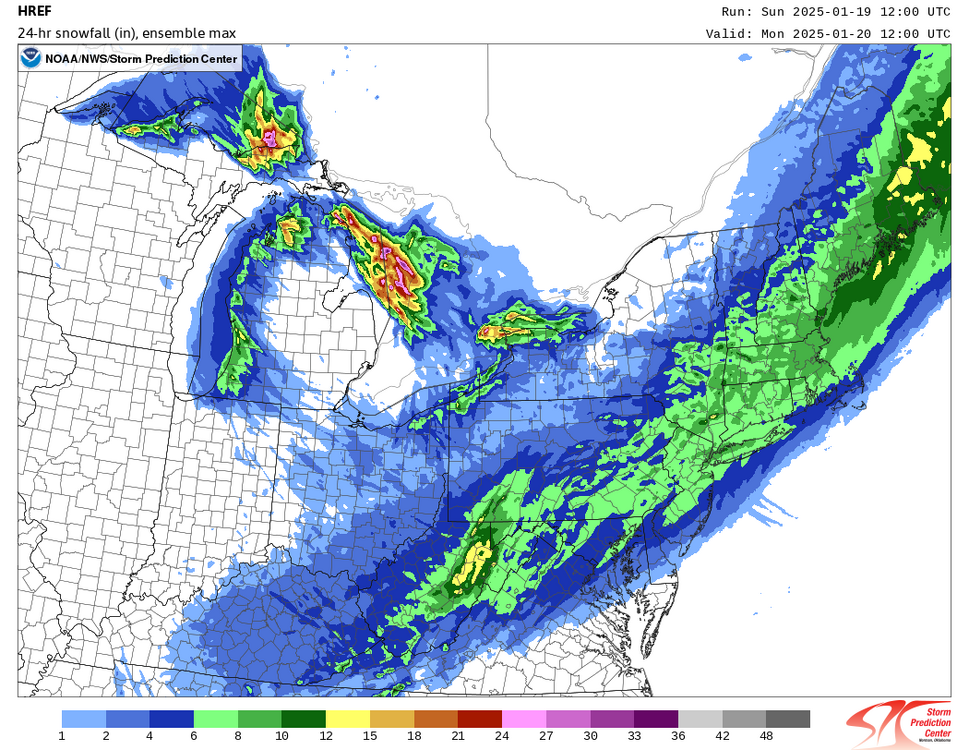.NEAR TERM /UNTIL 6 AM MONDAY MORNING/...
Key Points
*Winter Storm Headlines remain in effect for tonight
*6-8 inches, with localized 10 inches NW of I-95
*3-6 inches, with higher uncertainty SE of I-95
*0-2 inches across the Cape and the Islands
An area of low pressure strengthens as it makes a close pass
offshore, with the center near the Cape and Islands. Model guidance
remained consistent with this path today. Thus, confidence continues
to increase for widespread accumulating snowfall across the region
tonight. Precipitation moves in SW to NE tonight between 4 pm - 7
pm, with a mix of rain/snow possible with onset due to above-
freezing temperatures around the region. Temperatures should drop
below freezing from NW to SE between 4 pm and 8 pm, allowing any
rain-snow mix to change to snow.
The heaviest snow and best potential for banding will occur between
6 pm to 1 am, where 0.5 inch/hr snow rates are likely, with a low to
moderate chance for 1-2 inch/hr snow rates. The latest 12z Hi-res
guidance favors SE of the I-95 corridor from Boston to Providence
for the heaviest QPF and snow rates due to the close offshore track
of the low. However, SE MA and RI is the area of highest
uncertainty because temperatures will take longer for temps to drop
below freezing. If temps stay above freezing after 7-8pm, then snow
totals likely remain in the 3-6 range, but if they drop quicker,
then 6-8 inches with localized 10 inches will be possible. As for
north and west of I-95, colder temps and higher snow-to-liquid
ratios will make up for less QPF. Widespread of 6-8 inches is
expected, with localized areas of up to 10 inches possible.
As for the Cape and Islands, Temps should stay above freezing until
after midnight; by this point, the heaviest QPF will have moved off
to the northeast. We did bump up snow totals with the slight shift
south in the Hi-res guidance. Expect anywhere from 0-2 inches, with
localized 3-4 inches if colder temps move in quicker than expected.








